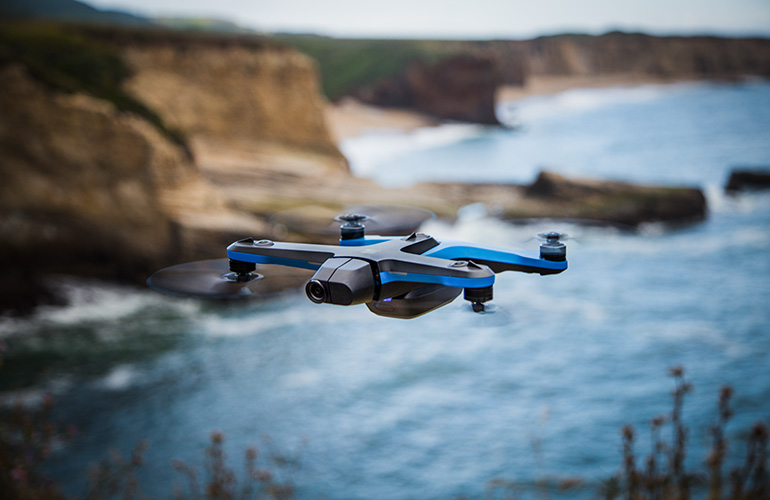|
Listen to this article  |

The FAA plans to begin testing to allow for regular beyond visual line of sight flight. | Source: Skydio
The Federal Aviation Administration (FAA) will start field testing its drone-traffic-management capabilities in the spring of 2022. Its end goal is to eventually integrate drones into the National Airspace System.
The Unmanned Aircraft System Traffic Management (UTM) Field Test aims at enabling the government and drone community to improve standards, data exchange methods and cybersecurity capabilities. The tests will involve the FAA and industry partners flying drones in realistic scenarios. The administration hopes to learn how to manage drone traffic in different environments.
The UTM is a collaboration between the FAA, NASA, other federal agencies and industry leaders. Together they explore concepts of operation, data exchange requirements and a supporting framework to enable drone flight beyond visual line of sight in airspaces where the administration’s air traffic services are not provided. The UTM focuses on drones that fly in low altitudes, under 400 feet above ground level.
The UTM acts separately but is complementary to Air Traffic Management services for manned aircrafts.
The FAA plans to use results from the test to aid in developing new policies. For the industry, the FAA hopes the tests will inform updated standards to allow drones to routinely fly beyond visual line of sight of operators.
The FAA has recently updated its rules regarding drone flights over people. In December 2020, the FAA laid out a universal standard for flying drones over people, while maintaining limitations for flying over large groups. It stated that if the drone couldn’t cause a certain level of injury, it could fly above people.
A year later, in December 2021, the FAA approved new testing methods from Virginia Tech. These methods are the first to be accepted by the FAA since it’s latest rule for drone flights over people.
The newly approved testing methods determine how much kinetic energy a drone is likely to transfer in realistic conditions, which will take into account the energy that could dissipate with cracking or breaking. Now that the testing method has been approved, Virginia Tech can work with drone manufacturers to conduct tests and help design new models of aircraft.
Credit: Source link


Comments are closed.